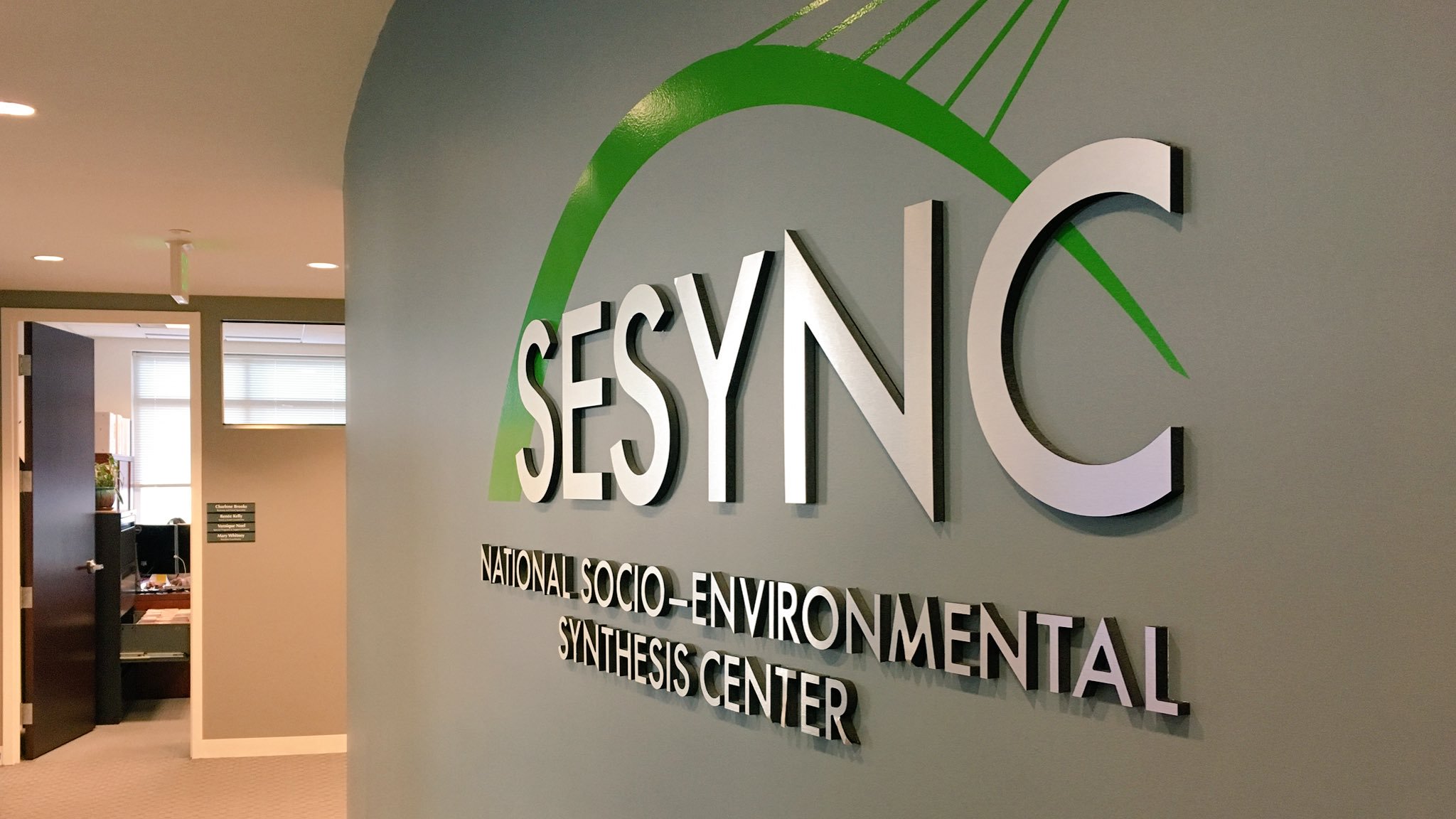Scientists and artists are the world’s noticers. Their job is simply to notice what other people cannot. – Frank Oppenheimer
Though many similarities exist between artists and scientists, I have found that there is a fundamental lack of visual creative thinking in academia. This problem is apparent on all levels of scientific exploration, starting with the initial conception of a project to exchange with other academics, and of course worst of all, communication with the general public. Theoretical diagrams often lack basic visual composition and appeal. Powerpoint presentations have become dry, uninspiring and at their worst, painful to watch. The current “anti-science” movement points to the epic failure of scientists to express their research, ideas and data to the general public (see the book “Don’t Be Such a Scientist” by Randy Olson for further rants on this topic).
This is unacceptable and surprising.
In our daily lives we are bombarded by visual imagery. Corporations shell out unbelievable amounts of money on advertising (average cost of a 30 second Superbowl ad in 2010 was US $2.6 million). Graphic designers have developed new and interesting ways to catch our attention and to make logos and brands stick in our minds. The classic example of brand icons vs plant types gives you an idea of the power of visual promotion. Beyond advertising, visual design extends to all aspects of our lives whether it is the coffee mug we use every day, or our cars, architecture and clothing. Humans are highly visual and even self proclaimed “non-visual” people use imagery to help them understand the world more than they might admit.
Unfortunately, scientists often seem to completely overlook the importance of visual medium in their work. This is likely a result of a lack of artistic education, a lack of emphasis on the importance of visual expression and in some cases arrogance (why should I spend time on that when I am working on such an important subject?). Many people often complain that they can’t draw or are “not visual” and that spending time on their presentations, for example, is a waste of energy. However, as the daughter of a kindergarten through 8th grade art teacher, I would contend that an appreciation for visual harmony is a skill that can be learned, but must be practiced. You wouldn’t expect to suddenly be good at calculus if you never practiced math. The same goes for art. Almost everyone can learn the basic artistic skills needed to create visually appealing products.
Art has so much to offer scientists.
Art can act as a universal language, helping to foster communication and understanding between people with different cultures and worldviews. Art is the medium by which scientists can expand on their ideas. Scientific visualization has the potential to allow others to understand and appreciate new and interesting data.
I am interested in bringing art into a scientific framework to help support wildlife management. How can a better understanding of composition aid wildlife managers (free graphic design classes anyone?)? What do new realms of media, such as video, film and animation have to offer scientists? I think that visualization techniques have the potential to help local people, who are most affected by management decisions, depict their own understanding about wildlife and understand the western scientific data collected.
The possibilities are exciting and important.
Draw on.



















